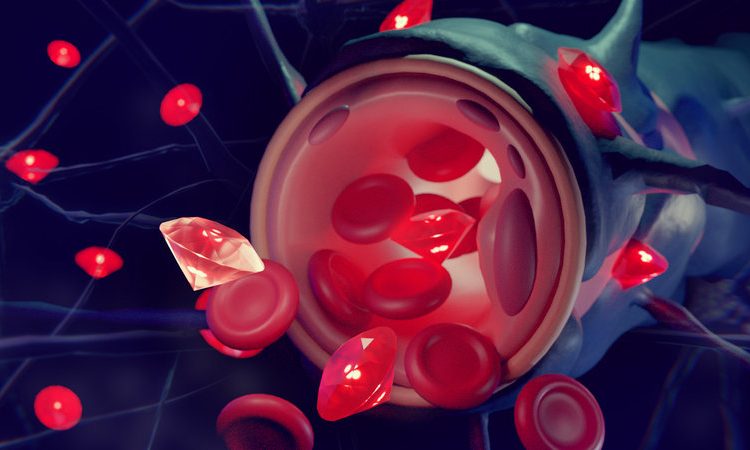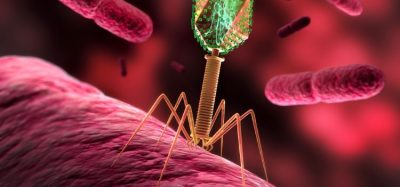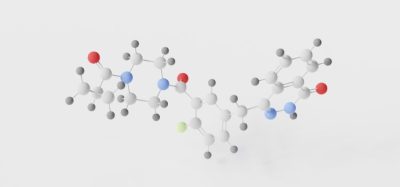Brain disease drug delivery platform developed by researchers
Posted: 4 September 2019 | Rachael Harper (European Pharmaceutical Review) | No comments yet
So-called ‘nanodiamonds’ could serve as a platform for diagnostic and therapeutic approaches for neurodegenerative diseases.


Scientists at the Max Planck Institute for Polymer Research (MPI-P) have produced tiny diamonds, so-called ‘nanodiamonds’, which could serve as a platform for both the therapy and diagnosis of brain diseases.
Led by Dr Jana Hedrich, Professor Heiko Luhmann and Professor Tanja Weil, in cooperation with the University of Ulm and the University Medical Center of the Johannes Gutenberg University in Mainz, both Germany, the scientists investigated the suitability of a system based on nanodiamonds as a diagnostic and therapeutic method.
Nanodiamonds have the advantage of high biocompatibility: they are not degradable for the body, should be well tolerated and are therefore potentially suitable for both diagnostic and therapeutic purposes. The scientists modified the diamonds with a coating of a biopolymer based on the most abundant protein in human blood, ‘serum albumin’, which enables the diamonds to be absorbed into the brain and later to be combined with drugs.
As a further modification, a defect was specifically introduced into the diamond by replacing an atom, which consists of carbon, with a nitrogen atom. There is an empty space in the crystal directly next to this nitrogen atom. “By making targeted changes to the lattice structure, we create defects that allow us to detect the diamond using laser beams or magnetic resonance tomographs: It ‘shines’ so to speak,” explained Hedrich. In this way, researchers can also use the diamond for diagnostic purposes.
In their latest publication, the scientists have tested the extent to which the diamond-albumin-system can cross the blood-brain barrier both in the test tube and in mice. They were able to prove that the diamonds were effectively transported into the brain without attacking the blood-brain barrier itself.
The newly developed system can be adapted to the person to be treated and could thus permit highly individual diagnosis and therapy.
A modification of the surface of the diamonds, for example, could ensure that only certain cell types in the brain are supplied with drugs and that tumours could be treated specifically.
The scientists see their system as an important step in the diagnosis and treatment of brain diseases such as neurodegenerative diseases and brain tumours.
The results of this study have been published in the journal SMALL.
Related topics
Drug Delivery Systems, Drug Development, Personalised medicine, QA/QC, Research & Development (R&D)
Related organisations
SMALL, University Medical Center of the Johannes Gutenberg University in Mainz, University of Ulm
Related people
Dr Jana Hedrich, Professor Heiko Luhmann, Professor Tanja Weil









